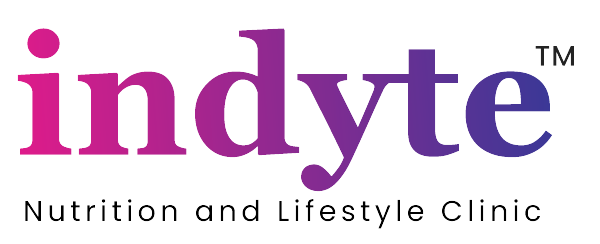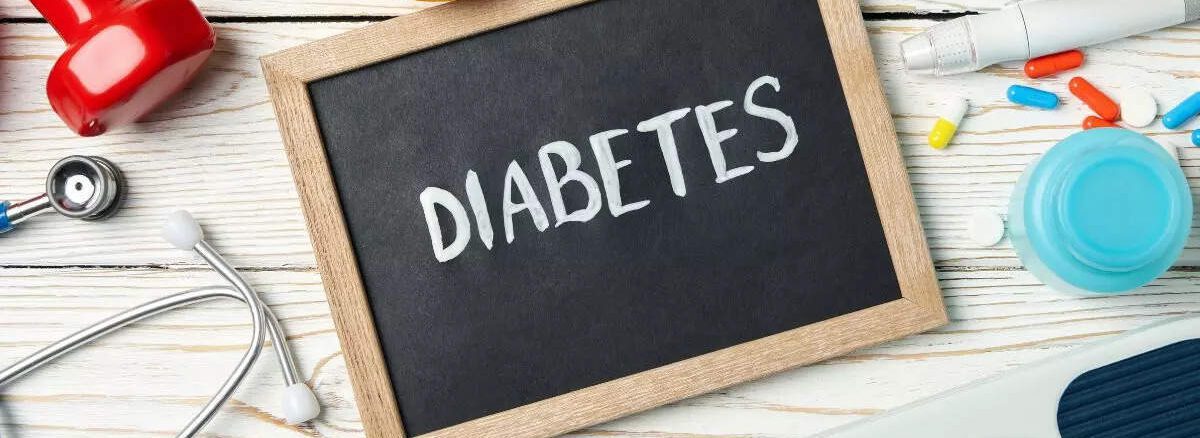The three words, “you have diabetes”, usually have a profound effect on the individual, young, or old, especially the former. Some people tend to blame themselves, for their poor food habits or erratic lifestyle and stress. Some people even feel its life’s way of punishing them for some wrong -doing. Of course, one has the right to be an emotional see- saw with the onset of diabetes, since it is a major life change like any other.
DIABETES: Is basically a chronic, metabolic disease characterized by elevated levels of blood glucose (or blood sugar), which leads over time to serious damage to the heart, blood vessels, eyes, kidneys and nerves.
According to WHO about 422 million people worldwide have diabetes and 1.5 million deaths are directly attributed to diabetes each year.

TYPES OF DIABETES
- TYPE 1 DIABETES: This type occurs when pancreas gland in body does not make insulin and mostly diagnosed in kids, teens, adults, and young age.
- TYPE 2 DIABETES: This Type 2 doccurs when your pancreas does not make enough insulin, or your body becomes insulin resistance, can diagnosed at any age but mostly seen in age above 40years.
Insulin is a hormone made by the pancreas that helps glucose in blood to enter in cells muscle, fat, and liver, to get used for energy.
How do I know if I am insulin resistant?
Insulin resistance is a situation happens in a body when cells in muscles, fat, and liver don’t respond well to insulin and can’t use glucose from blood for energy due to which glucose starts to build up in blood that causes high blood sugar. There are many factors making our body resistant to insulin like obesity, especially too much fat in the abdomen and around the organs, physically inactive, diet high in carbohydrates, family history and many more.
GESTATIONAL DIABETES: It is a type of diabetes that can develop during pregnancy in women who do not already have diabetes. Every year, 2% to 10% of pregnancies in the United States are affected by gestational diabetes
SIGNS AND SYMPTOMS
- Increased thirst
- Urinating often, especially during the night
- Fatigue
- Losing weight
- Blurry vision
- Sores or cuts that are slow to heal
- Feeling extremely hungry
- Numbness or tingling in your hands or feet
- Having more infections than normal
- Extremely dry skin
Glycemic index: A Helpful tool for Diabetes?
Is the glycemic index for controlling blood sugar if you have diabetes? Yes, It tell us whether a carbohydrate-containing food raises blood glucose levels quickly, moderately or slowly which can be useful to help you manage your diabetes. Different carbohydrates are digested and absorbed at different rates, and GI is a ranking of how quickly each carbohydrate-based food and drink makes blood glucose levels rise after eating them.
Foods are classified as low, medium, or high glycemic foods and ranked on a scale of 0–100.Foods high in refined carbs and sugar are digested more quickly and often have a high GI, while foods high in protein, fat, or fiber have a low GI.
| LOW GI FOODS Bread: whole grain, multigrain and ryeFruits: apples, strawberries, berries, orange, apricots, plums, pears, peaches, kiwi, and papaya vegetables: raw carrot, broccoli, cauliflower, celery, zucchini, mushroom, cabbage, spinach, eggplant and more Legumes: lentils, chickpeas, French beans, kidney beans, and moreGrains: quinoa, barley, jowar, ragi, buckwheat, semolinaDairy and dairy replacements: skim milk, yogurt, coconut milk, soy milk, almond milkHigh protein foods: eggs, lean meat, and fishes | HIGH GI FOODS Bread: white breast, refined breadsFruits: watermelon, mango, banana, chiku and dates Vegetables: potato, carrot, beetroot, green peas, jackfruit cakes, sweets, and other bakery itemsgrains: white rice, refined flour breakfast cereals and cereal barsdried fruits like raisins, dates, and cranberries Sugary drinks and flavored waters, flavored yogurts |
Watching your sugars.” Those who are newly diagnosed with diabetes –
STARCHES! SUGARS! FIBERS
High starch foods – noodles, corn, potatoes, peas, beans, and cereals are to be avoided. Whole grains are much better starches for you because you get all the nutrients, fiber, vitamins, and minerals your body wants
Did you know that fiber is good for you? Eating fiber contributes to good digestive health, can help you feel full and satisfied after a meal, and can help lower cholesterol and sugar levels.
Sugar is a carbohydrate that breaks down easily and gets absorbed into your blood very quickly. Natural sugars can be found in foods such as fruits and milk and can be taken by diabetic patients but,
WHAT ABOUT ARTIFICIAL SUGAR…..!!!!! Is it better? NO
Artificial sweeteners increase a person’s appetite, which can contribute to obesity. Most artificial sweeteners are a lot sweeter than sugar
Treatment goals to reverse insulin resistance naturally
There are many natural ways you can boost your chances of steering clear of Type 2 diabetes by controlling blood sugar levels and insulin including a variety of herbs, spices and various other common foods-
1-Amla contains Vitamin C which builds your immune system by strengthening the microbiome of the gut. In addition, chromium in amla helps with insulin resistance and regulates carbohydrate absorption. It is beneficial for diabetics and can be consumed in the morning
2-Drumstick Leaves- Moringa, also known as drumstick. It contains quercetin antioxidant which helps in lowering blood pressure and chlorogenic acid which regulates blood sugar levels. You can consume one teaspoon of moringa powder daily.
3- curry leaves -Take 8-10 curry leaves in the morning on an empty stomach. It lowers the sugar level. It slows down the breakdown of starch-to-glucose in diabetic patient.
4- Fenugreek Seeds- consume 10 grams of fenugreek seeds overnight soaked or 1 tbsp powder in hot water or drink fenugreek water in the morning. Because it contains fiber which helps in slowing down the digestion process, which means, there is a regulated absorption of carbohydrates and sugar.
5- Jamun-Consume 1 teaspoon of Jamun vinegar or 1 teaspoon of Jamun powder with lukewarm water before meal , it will control sugar. Jamun seeds are rich in alkaloids which have hypoglycemic effects.
6-Cinnamon- Cinnamon contains bioactive components that can help lower blood sugar levels. You can take 1 to 2 grams of cinnamon daily . You can also sprinkle it on your oatmeal, smoothies or use it in cooking and baking. But If you take a blood-thinning medication, avoid taking cinnamon.
7- Aloe vera -aloe vera helps in regulating blood glucose levels. Consume a cup of unsweetened aloe juice twice daily for immediate results.
8-Apple Cider vinegar- One of the best ingredients for lowering blood sugar levels for people with diabetes. This is the most promising food item. It has an anti-glycemic effect which helps maintain and control blood sugar levels.
While there is not much you can do to prevent type 1 diabetes, for type 2 diabetes mantra is clear: Here are some lifestyle modifications to prevent it….
- Regular physical activity like walking, cycling, jogging, skipping, yoga
- If you are overweight, aim to lose weight gradually until you achieve a healthy BMI. Between 18.5 and 24.9. Losing weight can help reduce diabetes and help people with pre-diabetes or type 2 diabetes control blood sugar levels.
- Reducing portion sizes will also help to lower calorie intake to loose weight
- Replacing refined carbohydrates with wholegrain foods and increase intake of vegetables and other foods high in dietary fiber.
- Reducing the amount of saturated fat in the diet.
- Managing stress levels as increased stress lead to high cortisol level which is linked to increase blood sugar.

